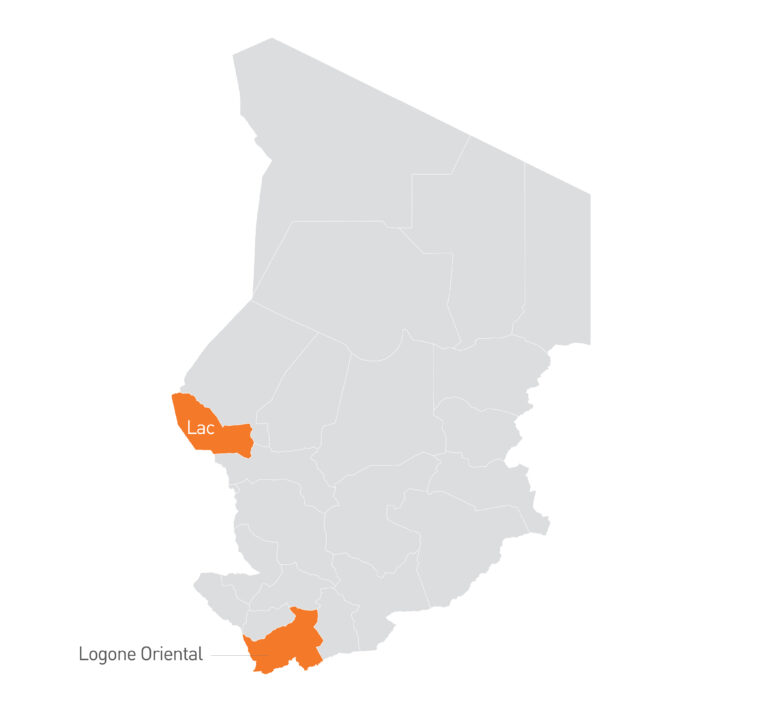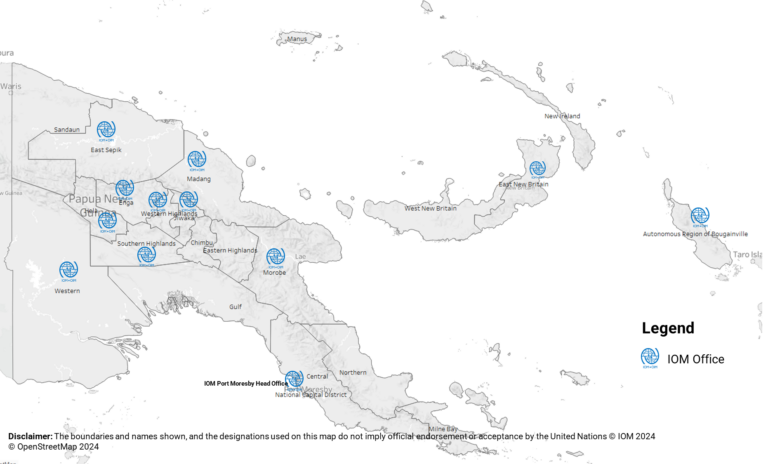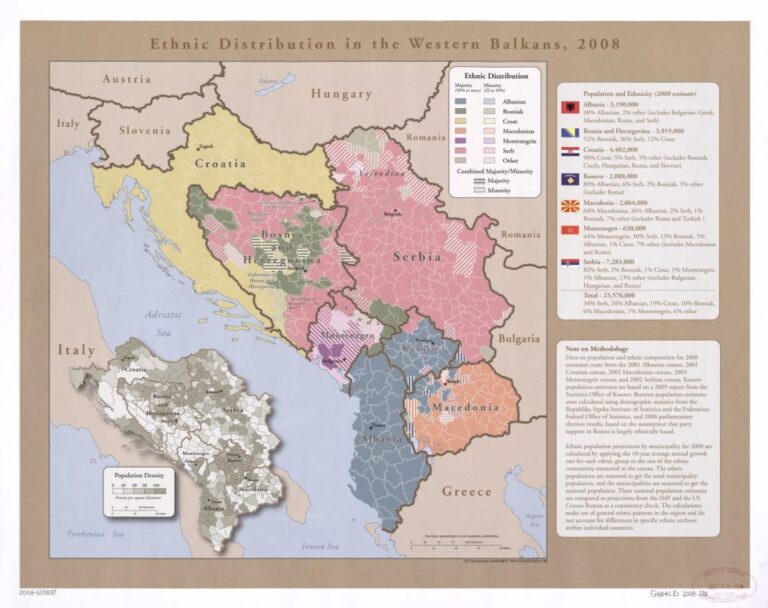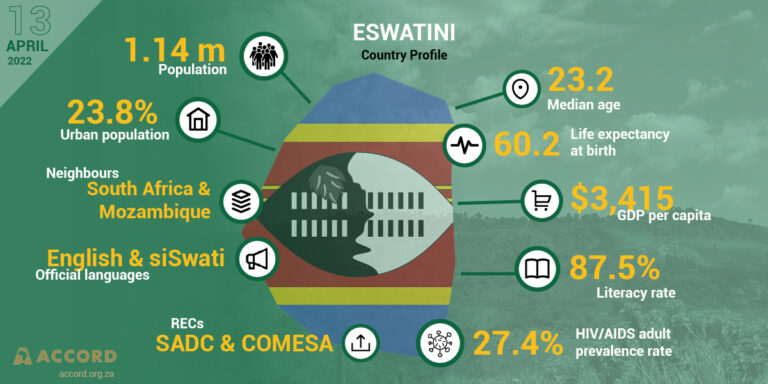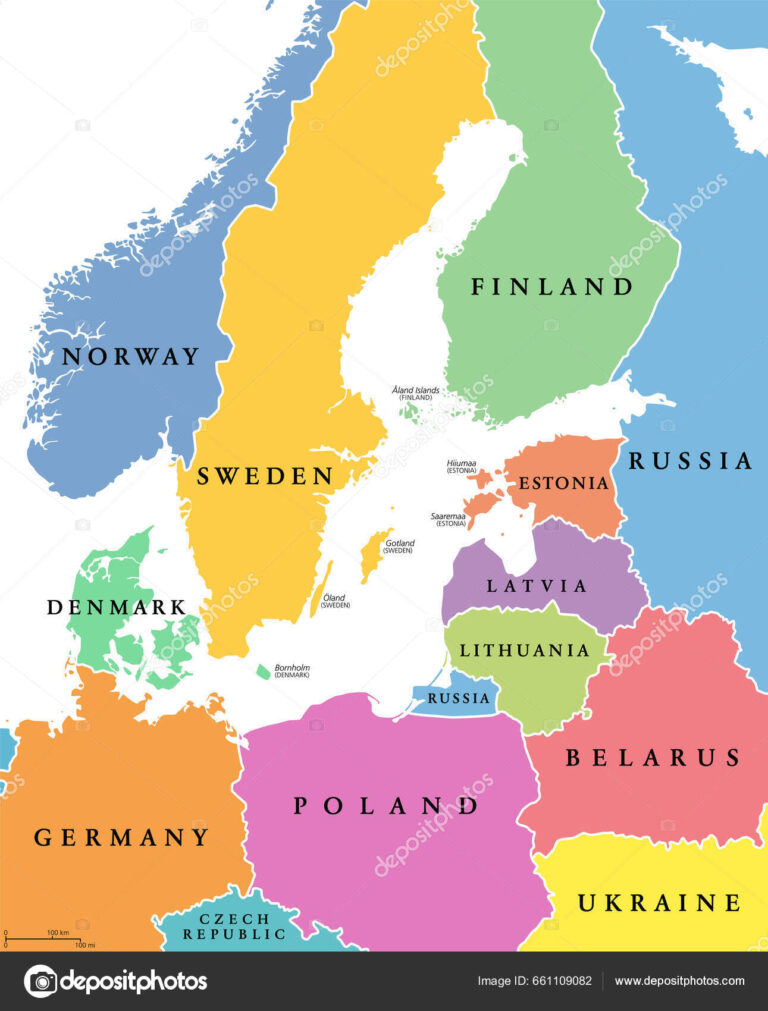Germany Neighbouring Countries and European Borders
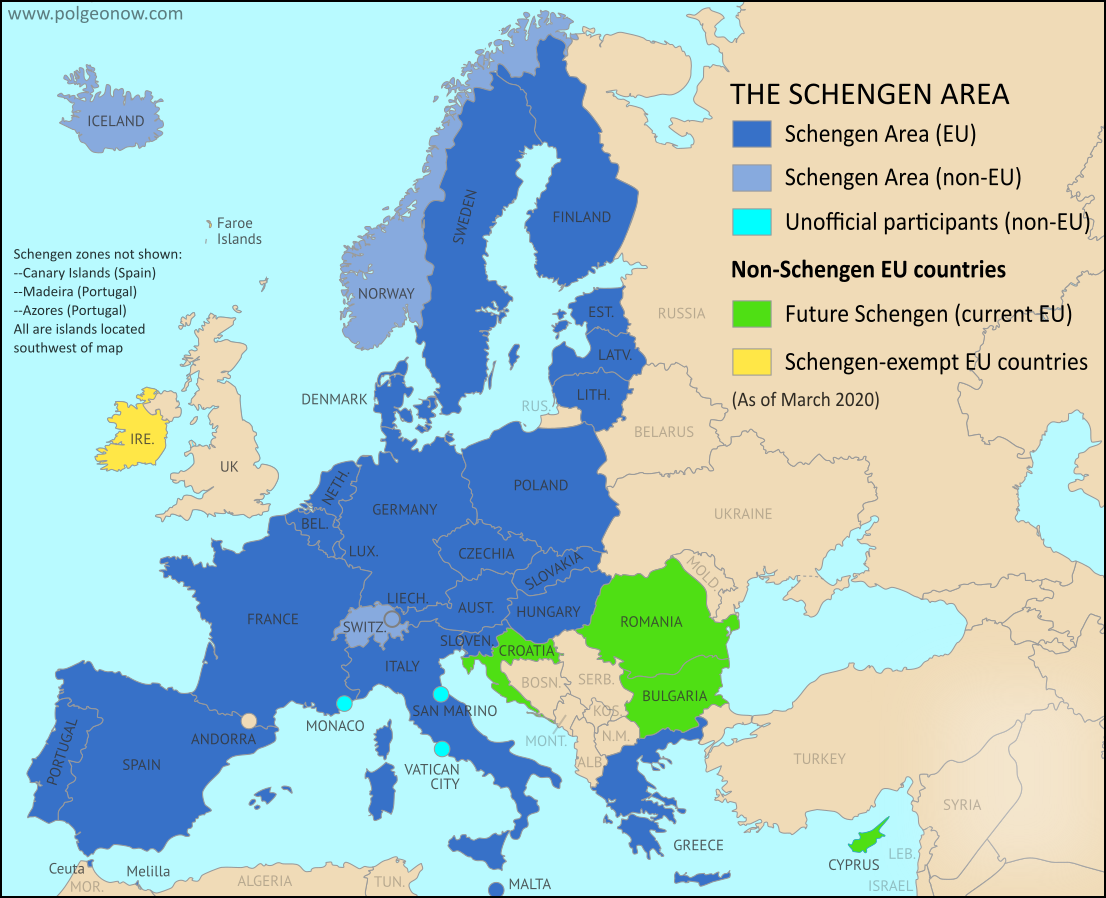
Germany’s Neighbors Overview
Smack dab in central Europe, Germany finds itself rubbing elbows with nine neighboring countries. This neat geography setup does more than make for easy road trips—it seriously shapes Germany’s political, economic, and cultural vibes.
Bordering Nations Introduction
Germany’s buddies on the map wrap around it snugly, setting the stage for cooperation galore. Here’s who’s hanging out at Germany’s doorstep:
- Denmark chilling to the north
- Poland and the Czech Republic having a meetup in the east
- Austria and Switzerland sharing mountain tales in the south
- France, Belgium, Luxembourg, and the Netherlands having a jamboree in the west
All these pals together add up to a 3,767-kilometer friendship line (Federal Ministry of the Interior and Community).
| Bordering Country | Direction | Border Length (approx.) |
|---|---|---|
| Denmark | North | 68 km |
| Poland | East | 456 km |
| Czech Republic | East | 811 km |
| Austria | South | 784 km |
| Switzerland | South | 334 km |
| France | Southwest | 451 km |
| Belgium | West | 167 km |
| Luxembourg | West | 135 km |
| Netherlands | West | 577 km |
Source: GeeksforGeeks
Historical Border Changes
Germany’s borders haven’t been static—they’ve seen a fair share of tweaking thanks to historical dramas like wars and treaties.
Post-World War II Adjustments
The stage after WWII? Not the best, but essential changes happened, like with Poland. They sat with their rulers and drew the Oder-Neisse line, which laid down a 456-kilometer stretch (GeeksforGeeks).
Treaty of London
Rewind a bit to 1867 and you’ve got the Treaty of London, which penciled in Luxembourg’s 135-kilometer boundary (GeeksforGeeks).
These shifts in Germany’s borders have left a mark, carving out the European scene as we know it. Curious about who’s next door to other nations? Check out the chats at Greece Neighboring Countries or France Neighboring Countries.
Germany’s Northern Neighbors
Germany sits snuggly next to Denmark up north, creating a shared neighborhood vibe between these two European partners. Let’s peek into this border and neighborly friendships.
Border with Denmark
Trekking along 140 kilometers, the Germany-Denmark border keeps the North Sea and Baltic Sea company. This stretch isn’t just about boundaries. It hosts a mix of breathtaking sights—from coastal spots to thick forests and quaint little towns.
Crossing over is a breeze with Flensburg–Padborg doing most of the people-shuffling and trade. And don’t snooze on the Frøslev-Padborg area; it’s a hot ticket for goods and sightseers bouncing between countries.
| Border Length | Main Border Crossings |
|---|---|
| 140 km | Flensburg–Padborg, Frøslev-Padborg |
Denmark-Germany Relations
Denmark and Germany are pals, working hand in hand thanks to both being EU and NATO members. This couple of neighbors are together on trade, safety, and even taking care of the environment.
Trade buddies? Absolutely. Germany is Denmark’s number one trading chum. This bond is big for the economies on both sides of the fence.
Culture and learning cross paths too, with German folks living in Denmark and Danes in Germany sharing cultural stories and history. Folks often hop the border for fun, gigs, or schooling. It’s like their own little integrated European hangout.
For a scoop on Germany’s other borders, check out how it lines up with the Dominican Republic, Ecuador, and Egypt.
Eastern Neighbors of Germany
Germany sidles up to its east with Poland and the Czech Republic, two nations layered with vibrant histories and hearty ties to their German neighbor.
Border with Poland
Today’s line between Germany and Poland was drawn back in 1945, following the hullabaloo of World War II. It’s about a 456-kilometer stretch (GeeksforGeeks). This line wasn’t just a doodle on a map; it was decided at the Potsdam Conference where the Big Three hashed out post-war details.
Key Points:
- Length: Stretches a cheerful ~456 kilometers.
- Historical Shifts: The German-Polish border has danced around a bit, especially during and after the World Wars.
- Territory Swap: Some land was traded between Poland and East Germany back in ’49 and ’51, near places like Lubieszyn and Usedom Island.
| Border Aspect | Details |
|---|---|
| Length | 456 km |
| Established | Post World War II (1945) |
| Notable Historical Event | Potsdam Conference |
Checking out this border tells stories of a region shaped by epic pasts and cooperative presents. Understanding these shifts lets you see how culture and politics dance in these lands. For more on European borders, check out estonia neighboring countries.
Germany-Czech Republic Border
The stretch between Germany and the Czech Republic runs about a hefty 815 kilometers. This line got its final form standing at the end of Czechoslovakia in ’93 (GeeksforGeeks).
Key Points:
- Length: A solid ~815 kilometers.
- Historical Jumps: Before ’93, this border had a different buddy—Czechoslovakia.
- Geopolitical Significance: It’s a living tale of strong economic bonds and cultural swings between Germany and the Czech Republic.
| Border Aspect | Details |
|---|---|
| Length | 815 km |
| Established | Post-Dissolution of Czechoslovakia (1993) |
| Notable Historical Event | Dissolution of Czechoslovakia |
This border mirrors the hearty dynamics of Europe, and the past reconfigurations followed by present-day teamwork speak to intertwined destinies. For a bigger picture on bordering lands, visit equatorial guinea neighboring countries.
Grasping Germany’s eastern buddies gives you the lowdown on its geopolitical scene. Those lines on a map? They’re more than that—telling stories of historical bonds and cultural tapestries weaving the fabric of modern Europe. For more border tales, peek at eritrea neighboring countries and ethiopia neighboring countries.
Southern Borders of Germany
Germany-Austria Border
Germany cozies up to Austria along a 784-kilometer stretch of land that offers a good mix of charm and commerce. Since the border was solidified in 1955, the two countries have become friendly neighbors, engaging in a hearty exchange of culture, business, and tourism. This border winds through the breathtaking Alps, adding a dash of scenery that would make anyone swipe right.
| Border Tidbits | Details |
|---|---|
| Length | 784 kilometers |
| Official From | 1955 |
| Main Areas | Bavaria (Germany), Tyrol (Austria) |
Known for stunning views and adventure-packed activities, this Alpine region is a magnet for millions who love a good ski slope or a challenging hike. It’s more than just a pretty face; businesses and joint ventures on both sides are flourishing like wildflowers. Curious about Germany’s other neighborly connections? Peek at dominican republic neighbouring countries or ecuador neighbouring countries for more.
Bordering Switzerland
But wait, there’s more! Germany also shares its southern hugs with Switzerland, featuring not just land but a splash of water from the lovely Lake Constance. It’s a spot filled with unique twists and turns, both geographically and politically.
| Border Elements | Details |
|---|---|
| Notable Body of Water | Lake Constance |
| German States | Baden-Württemberg, Bavaria |
| Swiss Cantons | St. Gallen, Thurgau, Schaffhausen |
Lake Constance, or the Bodensee if you’re getting local, is a star player here, providing much-needed drinking water and a hub for fun activities and environmental efforts (Wikipedia – Lake Constance). Sharing its beautiful shores are German states Baden-Württemberg and Bavaria, alongside Swiss cantons like St. Gallen, Thurgau, and Schaffhausen, with a little cameo from Vorarlberg, Austria.
This lively border buzzes with cultural exchanges and business interactions, making Germany and Switzerland a dynamic duo in Europe. If geography and borders pique your interest, dive into info on egypt neighbouring countries and el salvador neighbouring countries.
Together, the Germany-Switzerland and Germany-Austria borders define Germany’s southern edge, showing off how deeply connected and interdependent European nations really are.
Western Neighbors of Germany
So, you’ve got Germany—this country doesn’t just stand alone in Europe. Nope, it’s rubbing shoulders with some key western neighbors: France and Belgium. Borders aren’t just lines on a map here; they mean business in terms of politics and culture.
Border with France
Germany and France share quite the lengthy handshake, stretching 451 kilometers. This boundary was drawn up in 1945 after the dust settled from World War II. Kind of like your backyard fence, but it’s key for these two powerhouses of Europe. They use it to swap everything from baguettes to BMWs.
| Key Details | Description |
|---|---|
| Border Length | 451 kilometers |
| Established | 1945 (GeeksforGeeks) |
Think of their relationship as a rollercoaster—sometimes they’re up, sometimes they’re down. But as top dogs in the EU, they put aside the past and push forward together. They’ve got their hands full with politics and business, showing what teamwork looks like. For more of this friendship story, head over to France neighboring countries.
Germany-Belgium Relations
Though not as long, the Germany-Belgium border is no slouch either, spanning roughly 167 kilometers. It’s like that short but sweet road trip route that packs a punch.
| Key Details | Description |
|---|---|
| Border Length | Approx. 167 kilometers |
| Established | Post-WWII |
You may not have heard as much buzz about this border, but it’s a lane of serious trade action within the EU. This one’s crucial, even if it’s not a heavyweight in size. The Germany-Belgium line is all about trades, swaps, and collaboration magic without a fuss.
For a closer look at other neighborly tales, visit stories like Ireland neighboring countries and Greece neighboring countries.
Closest Neighbors to Germany
Germany is brushing shoulders with nine different countries, making for a lively mix of cultures and histories. Let’s take a closer peek at two of Germany’s closest pals: the Netherlands and Luxembourg.
Germany-Netherlands Border
Running a solid 577 kilometers, Germany’s border with the Netherlands has been around since right after World War II in 1945. This line stretches from where Belgium, Germany, and the Netherlands meet, all the way up northwest, with several busy spots and hustling cities along the way. It’s more than just a line on a map; it’s a busy highway for trade, cultural mingling, and folks just hopping back and forth.
Key Data on Germany-Netherlands Border
| What | Details |
|---|---|
| Border Length | 577 km |
| Year Established | 1945 |
| Cities at Border | Emmerich, Enschede, Aachen |
Curious about other neighboring countries? Check out our takes on Ecuador’s neighboring countries and El Salvador’s neighbors.
Luxembourg and Germany’s Border
Small but mighty Luxembourg snuggles up to Germany along a 135-kilometer border. This cozy stretch has been a thing since the Treaty of London in 1867 (GeeksforGeeks). Despite not being huge, this border holds its weight in gold for boosting economic ties and cultural exchanges between the pint-sized Luxembourg and big ol’ Germany.
Key Data on Luxembourg and Germany’s Border
| Thing | Info |
|---|---|
| Border Length | 135 km |
| Year Established | 1867 |
| Main Crossing Points | Wasserbillig, Echternach |
If borders interest you, don’t miss our discussion on the Dominican Republic’s neighbors and Egypt’s neighboring countries.
The way Germany rubs elbows with the Netherlands and Luxembourg shows a rich swirl of history, geography, and good neighborly vibes. This back-and-forth shapes how people live day by day and has a hand in the overall scene across Europe.

